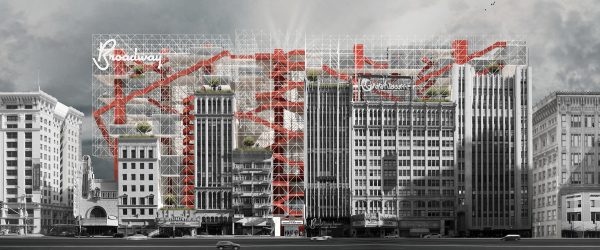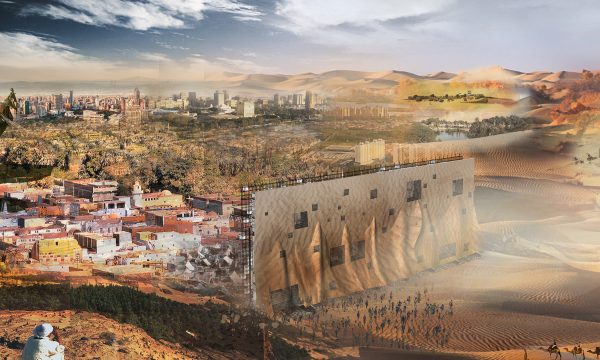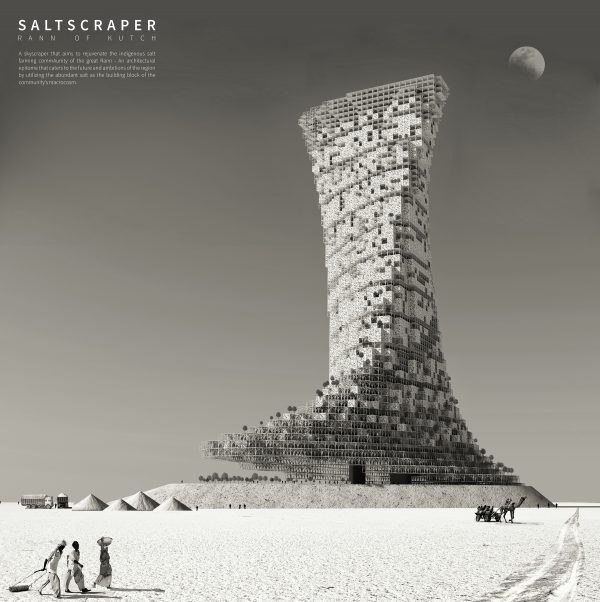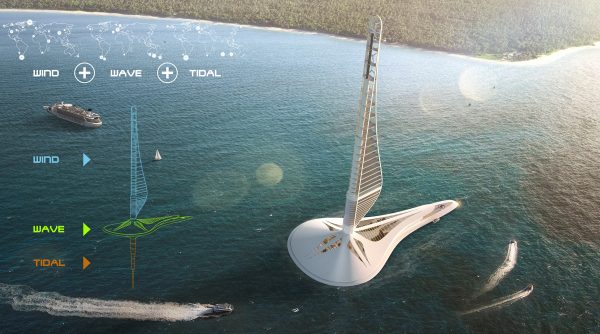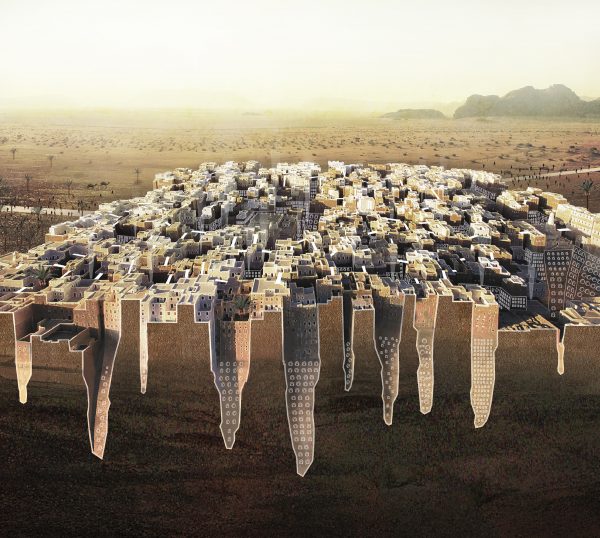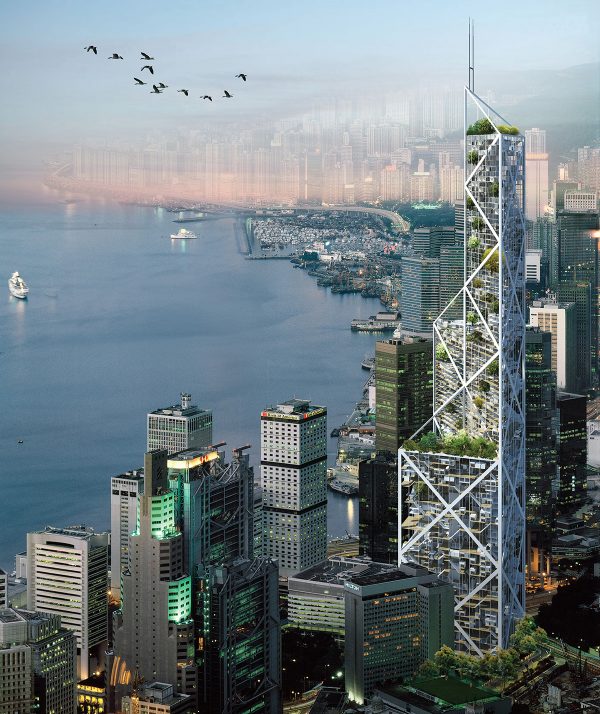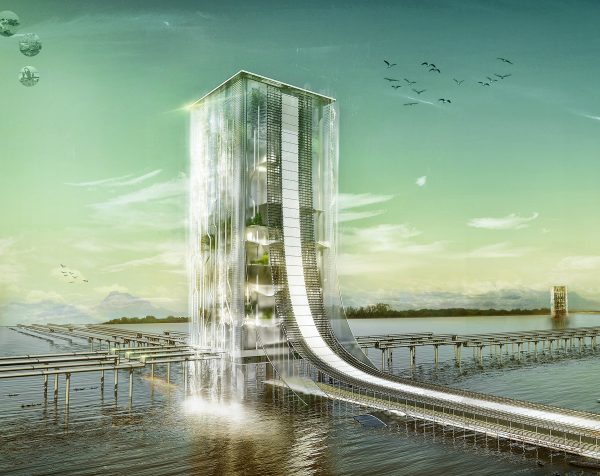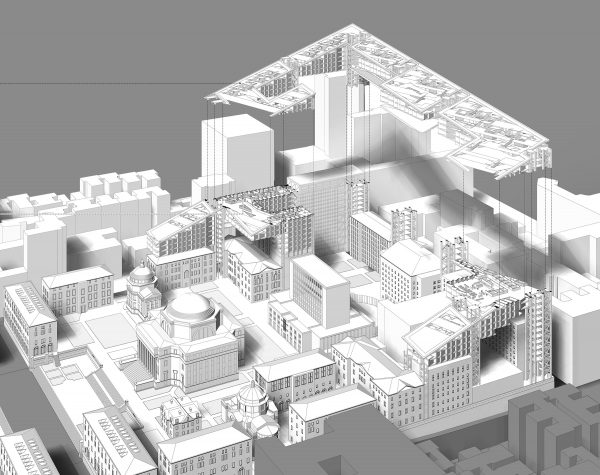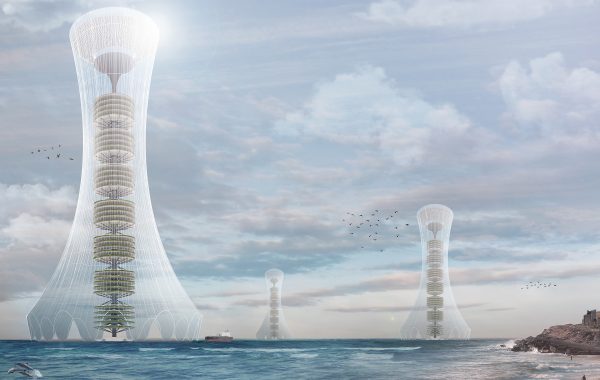Honorable Mention
2018 Skyscraper Competition
Kaiyu Xi, Fan Wu
United States
Broadway in downtown Los Angeles was one of the most famous street in United States and had the highest concentration of cinemas in the world by 1930s. The ornamental baroque style theaters witnessed the prosperity of Broadway in the past. However, with the decline of downtown and the migration of entertainment industry to Hollywood, Broadway became an abandoned area in downtown and is perceived as a dangerous location at night. This proposal is aimed to revitalize the Broadway theater district and explore a universal strategy to preserve and renovate the historic downtown area.
The decay of downtown is an inevitable problem for most U.S big cities. The crowded street, outdated infrastructure, poor building condition, lack of public space and messed environment all become the reason to push people away from these areas, where finally became the shelter for filth and crimes. To overthrow this vicious circle, besides preserving historic buildings, we must inject new programs and create more public space to make these areas dynamic again.
“Levitated Broadway” is a plan to create a new Broadway floating on the top of existing buildings and parking lots. Instead of demolishing the historic building, we can find more space in the between and on the top of existing buildings, which provides us enough space to insert new programs and create more public space in an already high-density community. The design uses lightweight steel truss grid to fill in the negative space of existing buildings and extend the concrete core of these buildings to support the whole structure system. The open structure allows light and wind to penetrate the whole building and creates a dynamic vertical street space. Along the sky street facing Broadway, we insert boutiques, café, restaurants, bars and a large amount of activity and green space. On the backside, we create a new performing arts complex including large theater, music hall, cinema, rehearsal rooms, live-house and outdoor music stage on a pervious parking lot. The performing arts complex will be the center of future Broadway and revive the cultural activities of this area. It’s said that Broadway is the hidden gem to Los Angeles. The design is aimed to find this jewellery back and polish it to make it even brighter than before. Read the rest of this entry »

